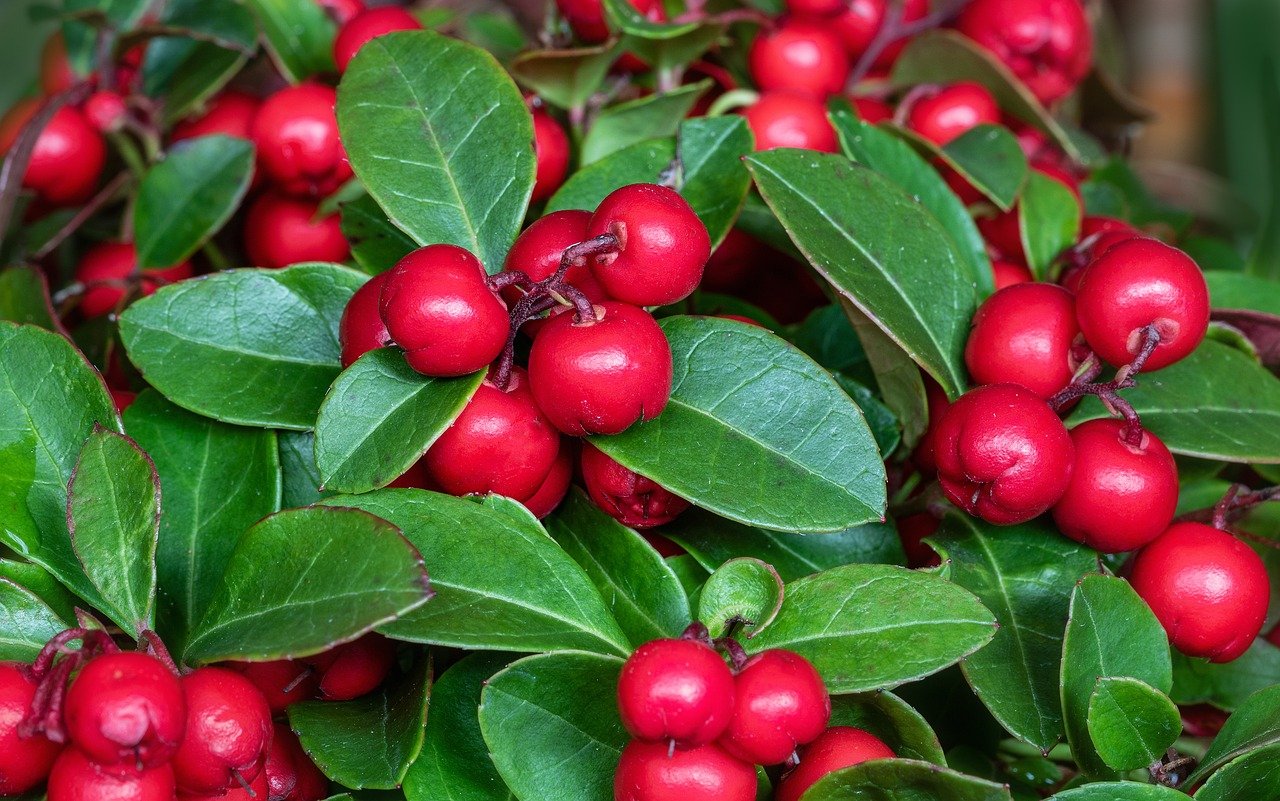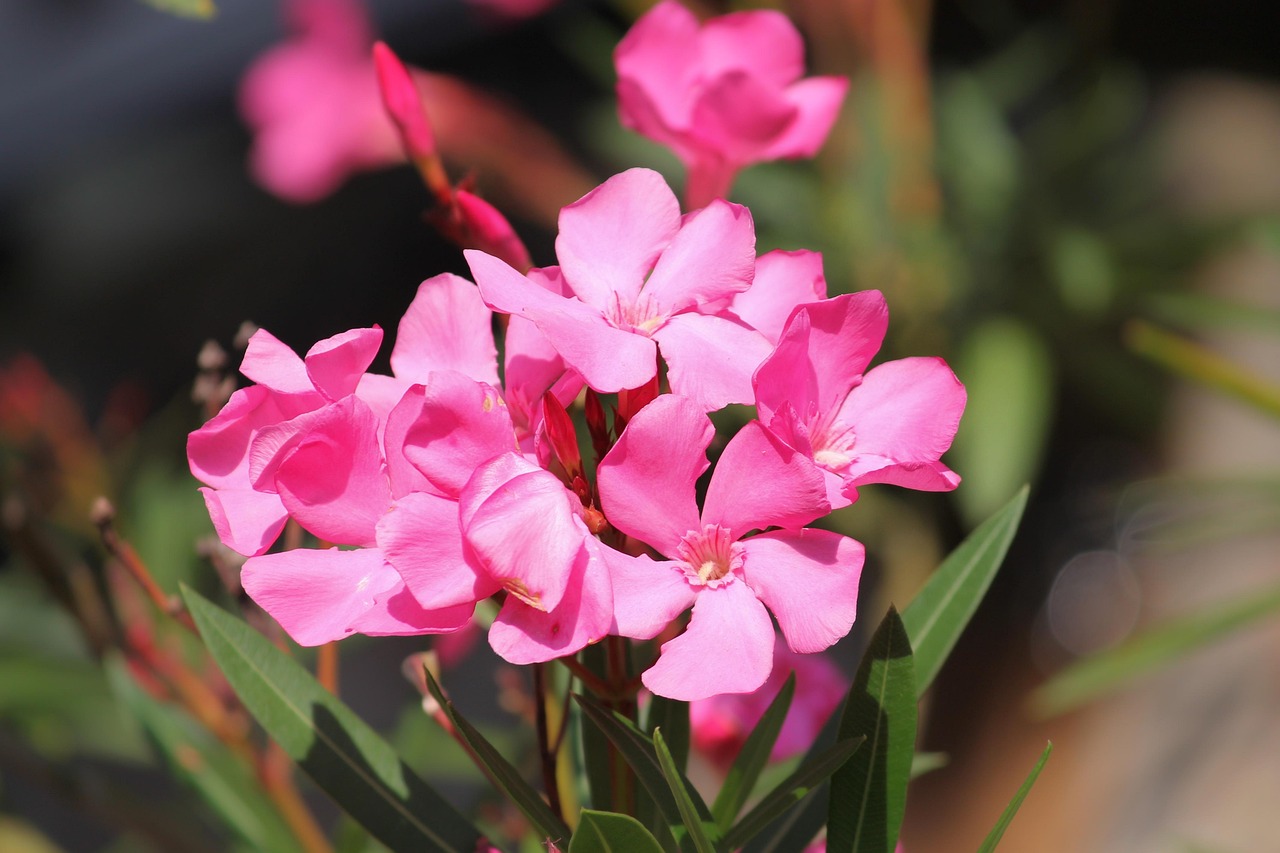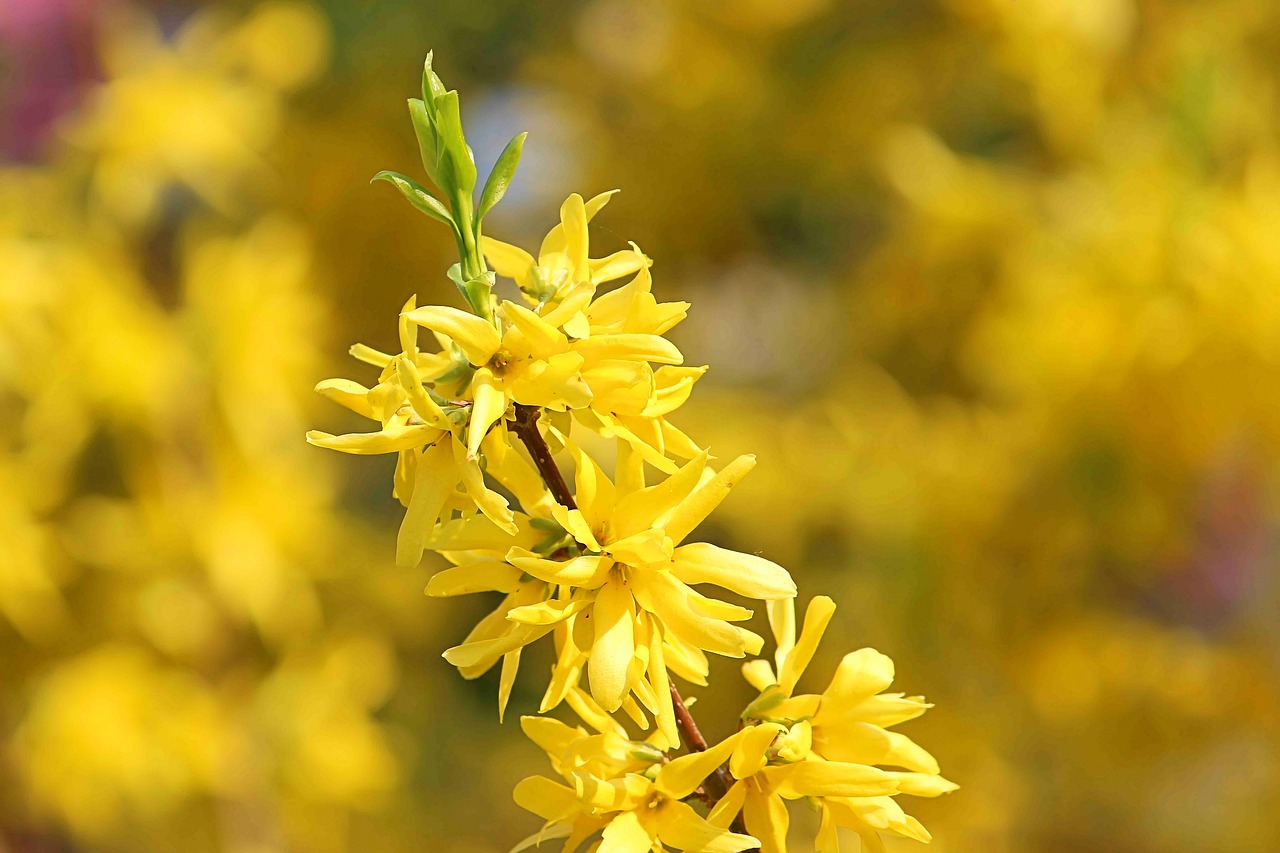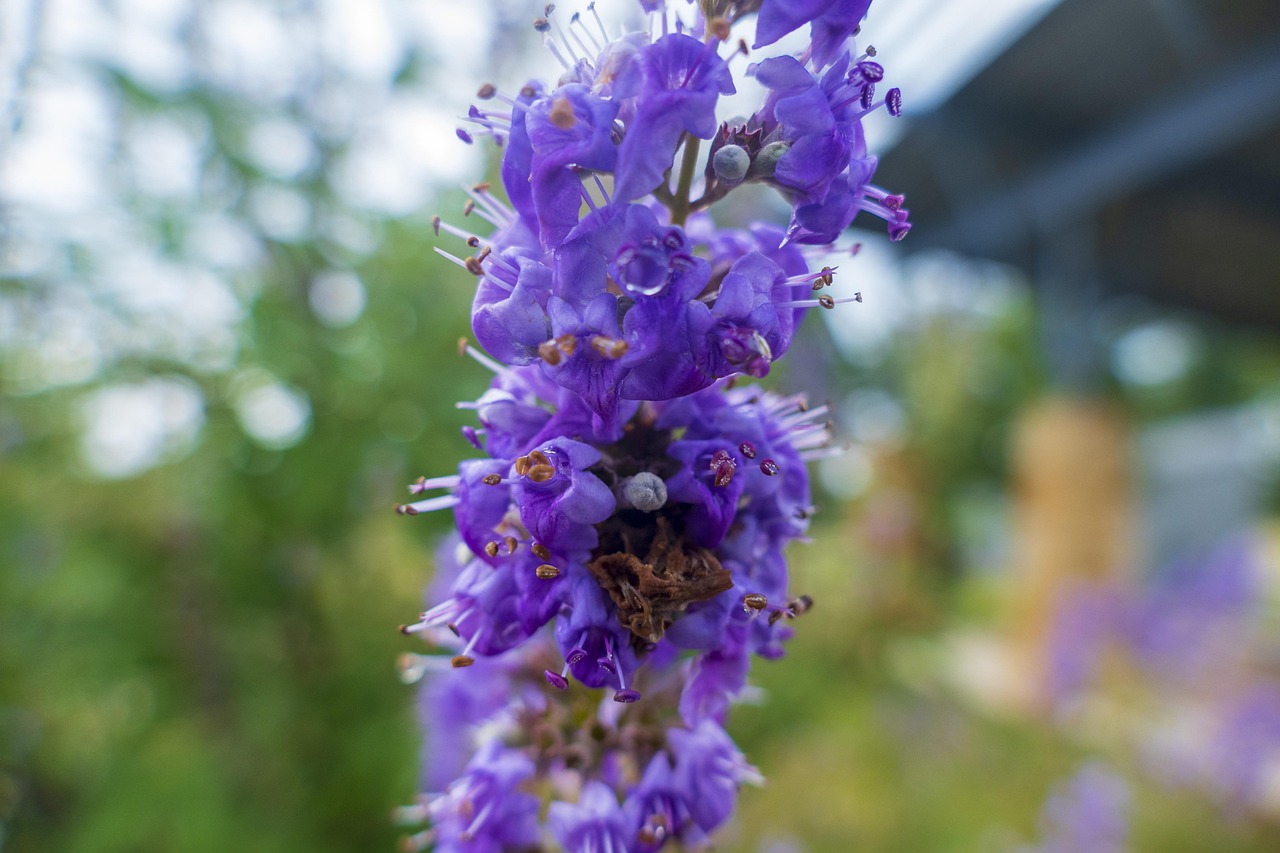Hydrangea Paniculata | A White-Flowered Tree Intertwined with Japanese Lifestyle and Culture
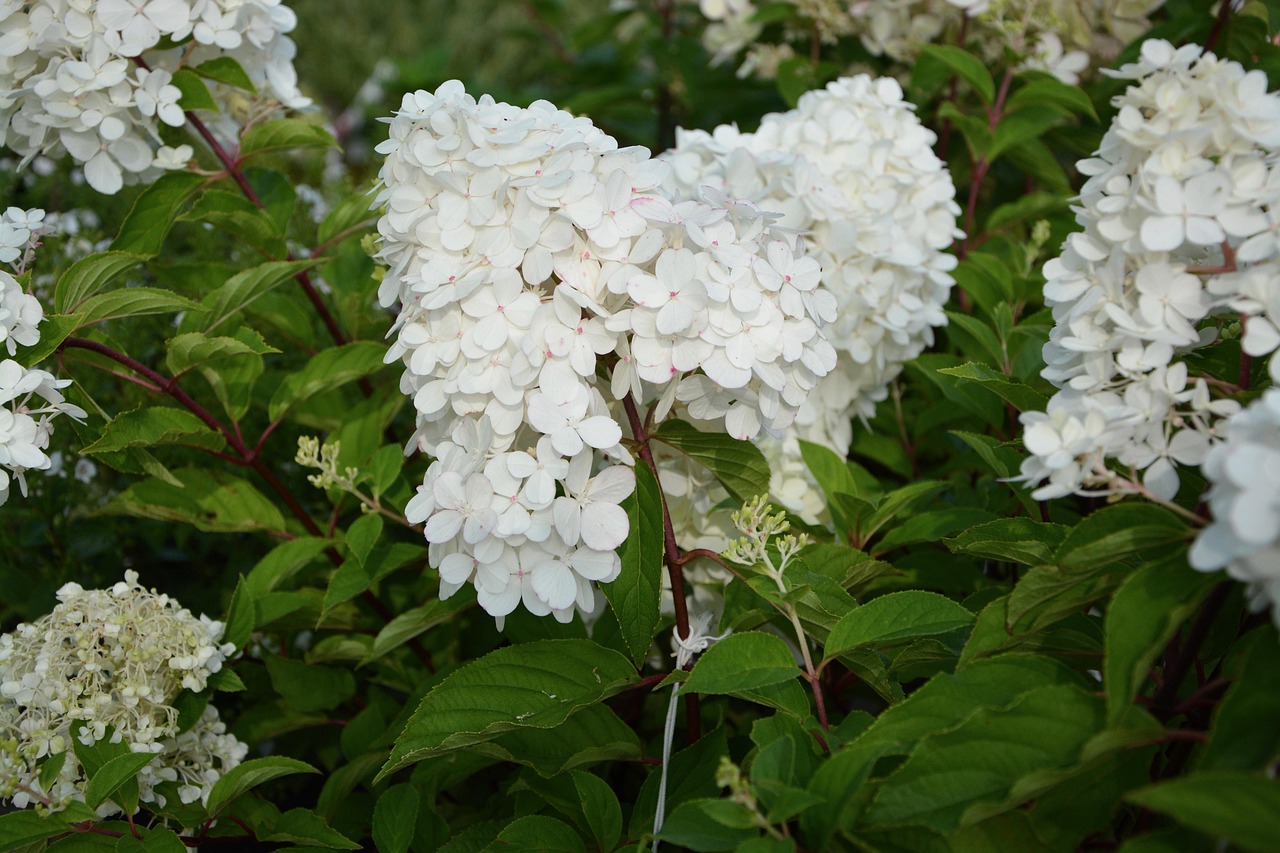
Hydrangea paniculata, commonly known as Panicle Hydrangea, is a deciduous shrub distinguished by its white conical flower clusters that bloom from summer to autumn.
In gardening, it is popular as both an accent tree and a hedge. One can also enjoy its seasonal charm as the flowers gradually turn pink in autumn.
In this article, I will explain in detail the basic information, cultural and historical background, and key points for growing Hydrangea paniculata.
Basic Information
- Scientific Name: Hydrangea paniculata
- Family: Hydrangeaceae
- Origin: East Asia (Japan, China, the Korean Peninsula), Eastern Russia
- Appearance: Hydrangea paniculata grows up to 1–3 meters in height. Its conical flower clusters change color from white to pink, offering a graceful appearance. The leaves are elongated, deep green, and simple in shape. With a long blooming period, it is an excellent ornamental plant that brightens gardens.
- Blooming Season: July – September
Cultural Characteristics Around the World
Hydrangea paniculata is widely found in the natural environment of East Asia, particularly in Japan, where it has long been appreciated as a garden tree that embodies the charm of the wild.
It is also valued as a cut flower, enhancing the aesthetics of traditional Japanese arts such as tea ceremonies and flower arrangements.
In Europe and North America, it is known as “Panicle Hydrangea” and has long been cherished in gardens and parks.
Thanks to its strong resistance to both cold and heat, it thrives in various climates and plays an important role in garden design.
Historical Background
In Japan, Hydrangea paniculata began to be admired as a wildflower during the Edo period. Its simple yet elegant appearance was often celebrated in haiku and tanka poetry.
The Japanese name Noriutsugi is said to derive from its historical use as an ingredient in the paste for making traditional washi paper.
Introduced to Europe in the 19th century, it quickly gained popularity during the gardening boom, leading to extensive breeding of new varieties.
Today, cultivars such as “Limelight” and “Grandiflora” are widely distributed and occupy an important place in Western garden design.
Gardening Advice
Sunlight
Prefers full sun to partial shade. In regions with strong direct sunlight, partial shade is ideal.
Watering
Water thoroughly when the soil surface becomes dry. Increase frequency during hot summers, but avoid waterlogging.
Soil
Requires well-drained soil with moderate moisture retention. Slightly acidic soil is preferable; mixing peat moss is recommended.
Fertilization
Apply slow-release fertilizer in spring and early summer. Fertilizing before blooming promotes abundant flowering.
Pruning
In winter, remove old or crowded branches to improve airflow. Since flower buds form on new branches, pruning after blooming is most effective.
Conclusion
Hydrangea paniculata is a beautiful shrub that brightens gardens from summer to autumn.
Its white flowers, gradually turning pink with the seasons, bring dynamic change to the landscape.
With its resilience to both cold and heat, it is easy to grow even for beginners. By incorporating this flower, deeply tied to history and culture, one can fully enjoy the seasonal transitions in the garden.


